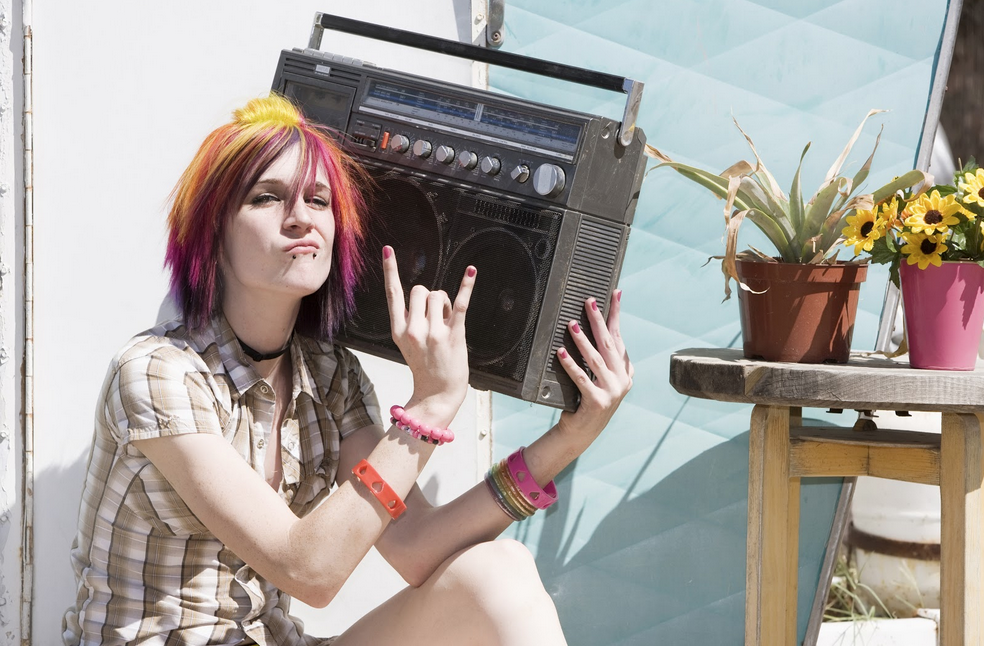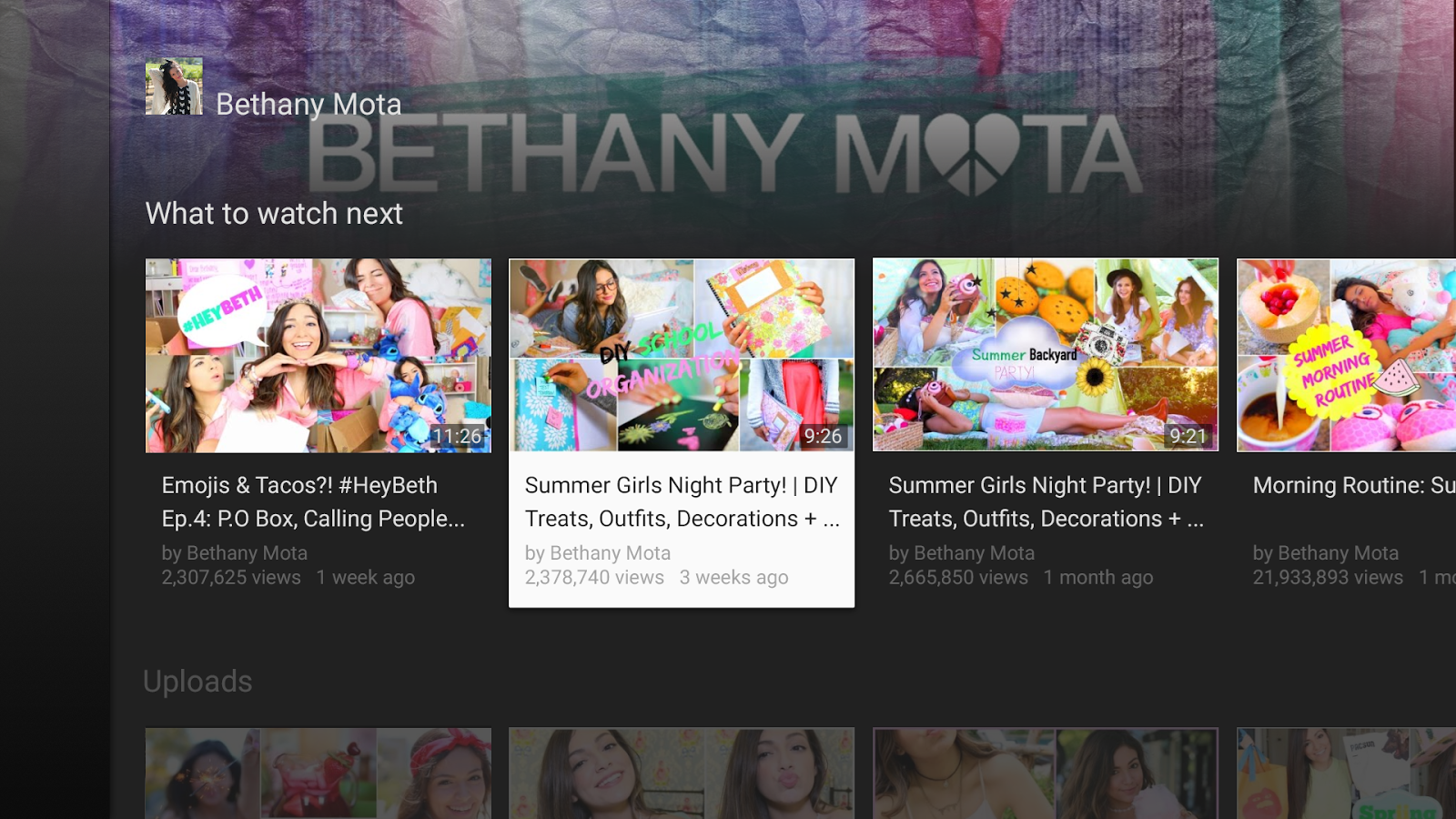
Ashley Ryon is the Marketing Manager at Frankly, a publicly traded mobile messaging company.
The Fresh Prince was right: parents just don’t understand. When I was a teenager, all I wanted was to be treated and respected like an adult. No one “got me.”
Fast forward to adult life, and I don’t know what all that teenage angst was about, or what I so badly wanted people to “get.” Alas, that’s the teenage mind.
Stepping back into that colorful, emotional mindset as an adult is challenging, but if you’re a marketer whose product or service targets teenagers, it’s necessary.
As a marketing manager at a messenger company, I dove right back into the world of Justin Bieber and teen fashion magazines to connect with my target audience. Marketing to teenagers is a labor of love.
How do I get two million teen girls to download my app?
My company built Frankly Chat, a chat app for iPhone and Android inspired by the popularity of mobile messengers in Asia. We wanted to be one of the early ones to take on the US market with a messaging app, and set a goal of two million downloads in the first year.
Who sends 3,330 text messages a month? Teenagers.
We narrowed down our target demographic to English-speaking teenage females. So how do we reach them? Article after article argued that it’s difficult to reach Generation Z, and that their personas are incredibly different than generations before them.
We ended up reaching #8 in the App Store’s Social Networking category and acquired over 2 million downloads — 80 percent of which were English speaking teen females. Here’s how we did it and what we learned.
Influencers, influencers, influencers
When I approached Frankly’s marketing strategy, the thought of Googling ‘what do teenagers like?’ was super creepy to me. Instead, I relied on some advice from our Business Development team and called an influencer touring group, DigiTour.
DigiTour takes the hottest social media stars on tour around the world, giving live performances to their superfans. I now know more about social media influencers than any 30-year-old should admit to.
YouTube, Twitter and Vine, oh my! It turns out there are social media celebrities on every platform with millions of followers. And guess who the majority of those followers are? Teenage girls who are highly influenced by — and ready for advice from — these online celebrities.
We sponsored DigiTours and created scripts for promoted YouTube videos (paid videos where a celebrity plugs your product or service to their following), developed Vine contests, designed Instagram posts, and created tweets, all linking to our app download page. We even tried coupling campaigns and promotions from multiple influencers at the same time to boost our organic downloads and climb app store rankings.
We applied this method to scale globally by working with international social media stars and reached #8 in Mexico and Brazil.
The ROI of influencer campaigns blew away any other marketing effort we tried. But there was a lesson we quickly learned: teenagers do not like being blatantly sold to. They can tell when their favorite influencer is selling or promoting something to them, and they lash out in a very public way.
Comment after comment on a YouTube video bashing the promotion of a product is never part of a good marketing strategy. Our best results came when we spaced out influencer campaigns and avoided cross-over, so that followers of one celebrity didn’t get the same promotion from a similar influencer at the same time.
Be a pop culture enthusiast
If you’re trying to reach teenage girls, you’ve got to think like a teenage girl. Just as a college marketing professor told me: BE your customer!
But with an 85 percent male, 50 percent non-US native team, Frankly had a low probability of relating to US teen girls.
So in came me: a girl who legitimately loves listening to One Direction, reading Seventeen Magazine, and scarfing down Starbucks Frappuccinos like there’s no tomorrow.
However, what was popular in my day is not the same as what is popular now. I ordered subscriptions to Seventeen, Tiger Beat, and J-14 and listened to Top 40 radio on every one of my runs. Most importantly, instead of reading TechCrunch articles on Gen Z marketing, I connected with teenagers themselves on social media.
I found out they love gossiping on Twitter, they hate Facebook, they really want to be popular on Instagram, they love Arianna Grande and Demi Lovato, and they live for Hunger Games. So my assumption was right: pop culture is still mainstream for most teenagers.
To relate to our target audience, we tweeted about Justin Bieber, created group chats for Hunger Games, and encouraged users to chat freely about celebrity gossip, homework, and their crushes at school. These efforts not only increased download numbers, but improved engagement with users who had already downloaded our app.
Did video kill the radio star? No!
As we investigated which areas of pop culture successfully reaches teenagers, we learned that Top 40 radio stations and their hosts are still near the top. We looked at which radio station its show had the highest teenage reach, and created a marketing campaign with 102.7 KIIS FM in LA and the 7 pm to 10 pm host, JoJo Wright.
Reaching our demographic through commercials at this time slot was a no brainer, but to expect teens to pick up their phones, go to the App Store, and actually download our app just because they heard a commercial was another feat.
To increase conversions, we developed contests only available in the Frankly Chat app so that downloaders could win tickets, autographs, and even a private Demi Lovato concert. We leveraged the radio show’s celebrity connections and held Q&A sessions with musicians and fans in-app. We also gave fans of social media influencers an opportunity to talk directly with their favorite stars.
By combining radio commercials during the teenage-loved time slot with multiple reasons to use the app, our music marketing campaign was a success.
Feedback to features
The one thing I wanted as a teenager was to be respected and treated like an adult. I wanted my opinion to matter! The same still holds true; Generation Z is characterized as a generation that wants to make change and be able to see their successes come to life.
Our users were opinionated in their app reviews and on our feedback channel. When we answered them and kept an open mind to their input, they responded with ideas for features, different group chats, and ways to moderate other users.
Their feedback was constructive: the exchanges were more about idea sharing than posting a jaded opinion of our technology, and it was just what we needed. It helped us see our product in a new light. New apps with our same demographic pop up daily, but by creating a community with our users and making them a part of the process, their loyalty stayed.
There’s no secret in marketing to Generation Z, or any other generation of teenagers. We were all there once, so think back and remember how you were marketed to at that age.
Approach today’s teens with empathy and a genuine intention to connect. Good luck in your endeavors, and if all else fails, just put out an ad for a marketer who’s also a Belieber.
Read next: Millennials: the best Silicon Valley company to work for is one you’ve probably never heard of
Get the TNW newsletter
Get the most important tech news in your inbox each week.








